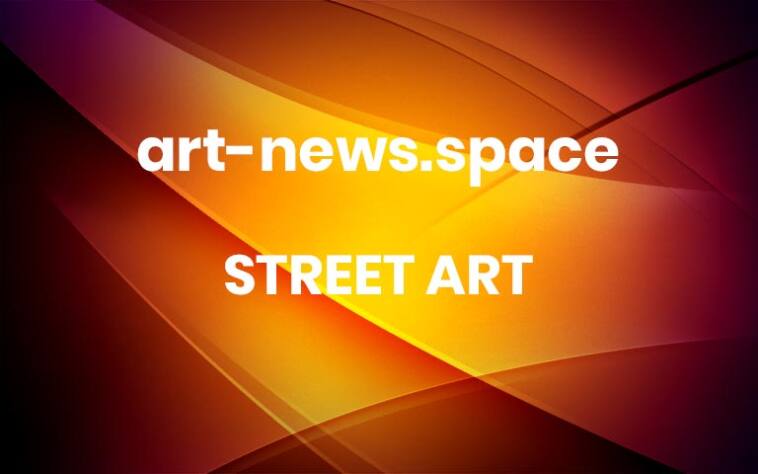“S H A R E” by Giulio Vesprini in Italy
For the first time, Street Art has taken root in Civitanova Marche’s industrial zone—a striking intervention in a landscape defined by functionality and productivity. Spearheaded by local artist Giulio Vesprini, this initiative marks more than just a creative endeavor; it’s a bold cultural statement. “Bringing art to a context where culture struggles to flourish is like planting a seed in concrete,” Vesprini reflects. The mural, rich in color and layered meaning, reimagines the grey surroundings by infusing them with artistic life.This artistic mission closely mirrors the ethos of Navitas Coworking, the forward-thinking entity that has transformed a traditionally industrial space into a vibrant coworking hub. Their support of this project signifies a modern form of patronage—investing in art not for its decoration, but for its power to inspire, transform, and recontextualize. In doing so, they foster creativity in places that have long been overlooked by cultural initiatives.Vesprini’s mural draws from a palette deeply connected to the area itself. He meticulously sampled local hues, creating a composition that feels both organic and intentional, as if nature were subtly reclaiming the concrete. The result is not just a visual break from monotony, but a vision for what such spaces can become—creative, alive, and dynamic. Here, beauty transcends aesthetics and becomes a declaration of purpose and possibility.Born in Civitanova Marche in 1980, Giulio Vesprini is no stranger to the interplay between art and architecture. With academic roots in fine arts and architecture, his practice is grounded in minimalism and the reactivation of public spaces. His works often explore underutilized or economically unappealing areas, proposing new ways to view and use them. In this latest project, Vesprini doesn’t just paint a wall—he redefines the space around it. More



